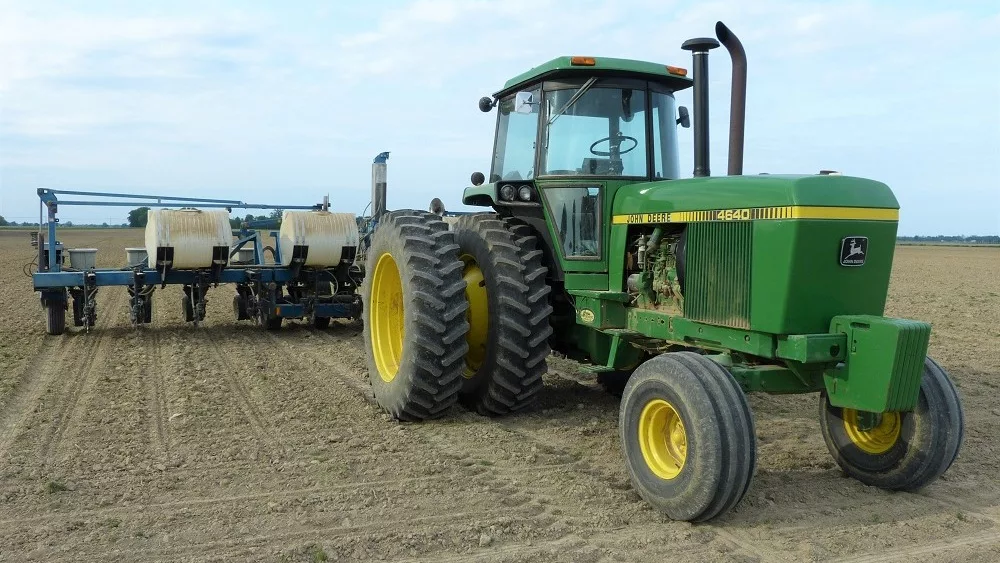2019 has been a challenging year—from weather to weed pressure.
We’re on the cusp of turning the calendar to a new year. Shawna Hubbard, trait herbicide manager with Corteva, says before we start looking ahead, we need to keep a detailed history of what happened this year when it comes to weeds.
“We have a lot of acres that are prevent plant or didn’t get a timely spray, so the weed seed bank has built up on those acres where we weren’t able to control weeds like mares tail,” said Hubbard. “Keeping a field history and making a plan for 2020 [is important].”
When preparing for 2020, Hubbard suggests using multiple modes of action on your acres, putting a true residual down and having effective post options. Now that farmers are looking at what trait technology they are going to use this coming season, farmers are going to have to think about trait herbicide tolerances to make an effective program.
“With the Enlist weed control system and E3 soybeans, you have three options for post sprays based on the tolerances in the soybean,” she said. “2,4-D Choline and Enlist herbicides, glyphosate and glucosamine.”
According to Hubbard, on acres where there’s pigweed or water hemp pressure, the ability of using those three modes of action can be a tremendous benefit.
“[It’s good] being able to mix it up, keep those weed guessing by mixing various different herbicides,” she said.
And the Enlist weed control system and Enlist herbicides program is not exclusive to corn and soybean growers. Hubbard said Michigan’s specialty crops can gain because of the characteristics of being on target when crops get sprayed.
“One of the great benefits is having peace of mind around specialty crops and landscape where we want to be certain that the herbicide is not going to pick up and move or have volatility after it’s sprayed,” said Hubbard.
For more information, contact your local Corteva dealer.





